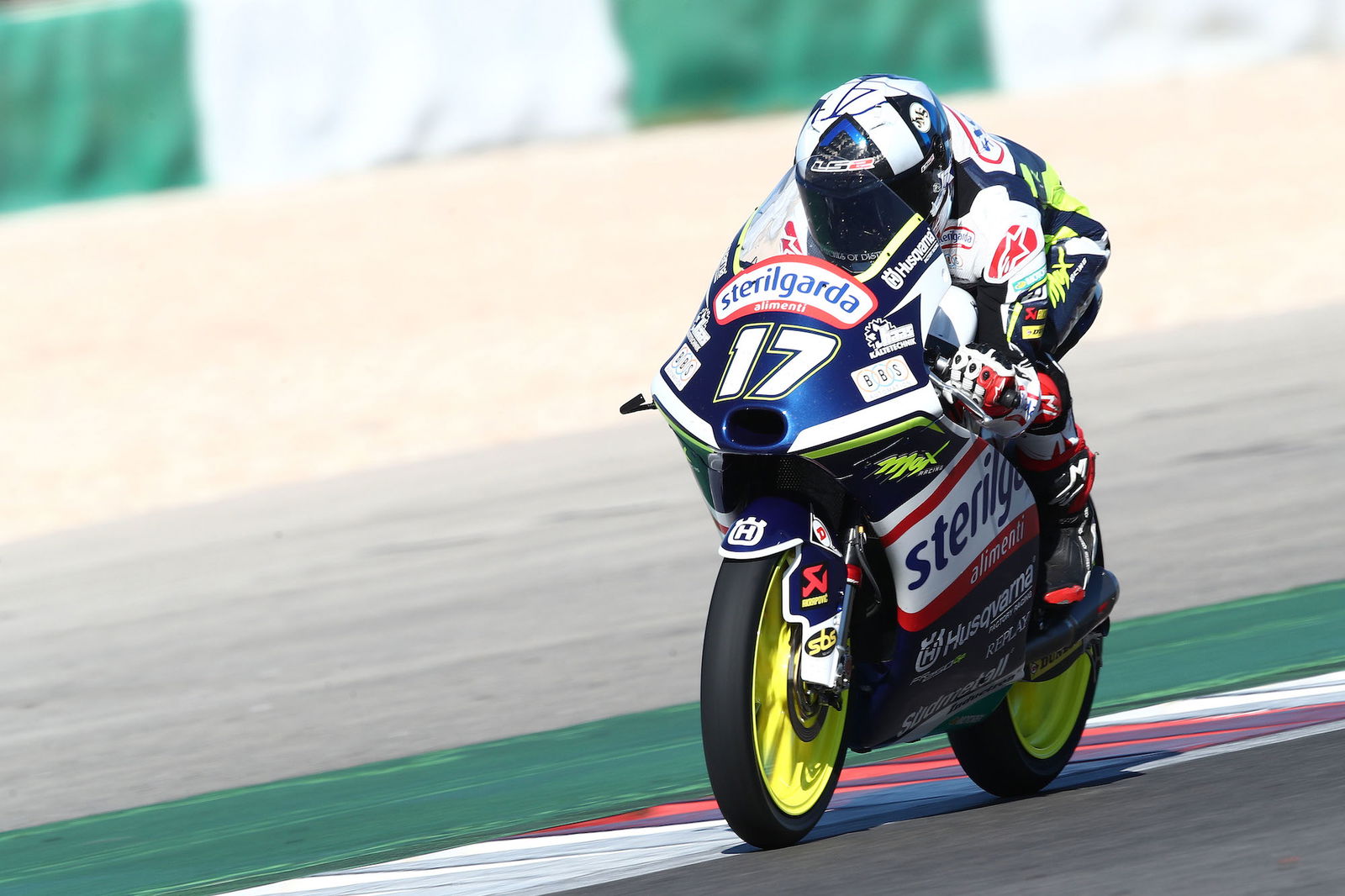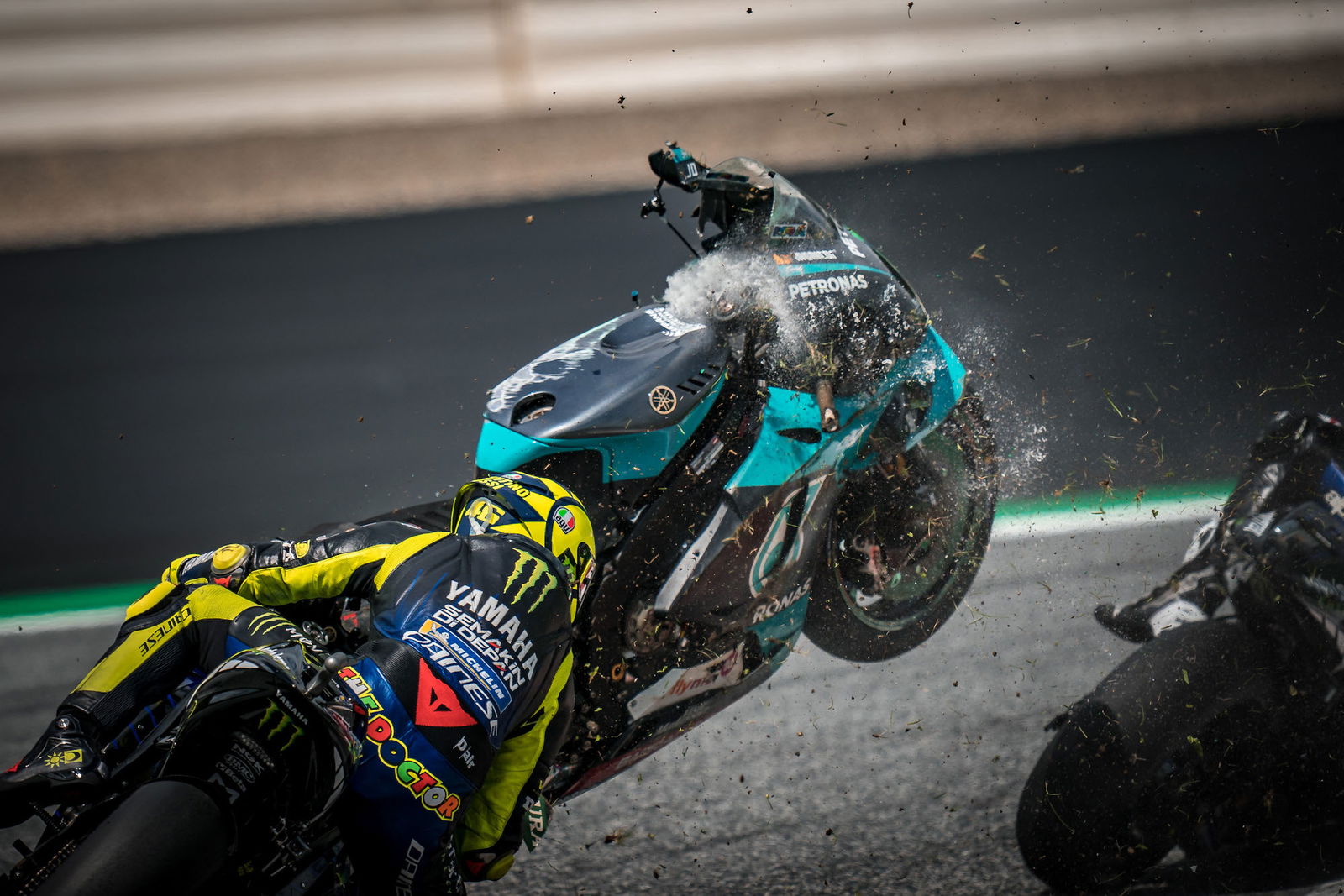Why Michelin's Indonesia tyre makes 2022 MotoGP difficult to read
Mandalika and Lusail threw up totally different results, so what have we actually learned from MotoGP’s opening two races?

THE simple answer is not very much at all.
Coming into the season, it seemed clear who the title contenders would be: Marc Marquez on a revolutionised Honda would get stronger as the season progressed; Fabio Quartararo would make the most of the Yamaha when it worked, and limit the damage when it did not; and Francesco Bagnaia would build on his strong end to 2021 to take the early advantage. Throw in a strong preseason for Suzuki, and Joan Mir and Alex Rins came into contention as well - and Jorge Martin’s potential in 2021 meant he could not be ignored for this year.
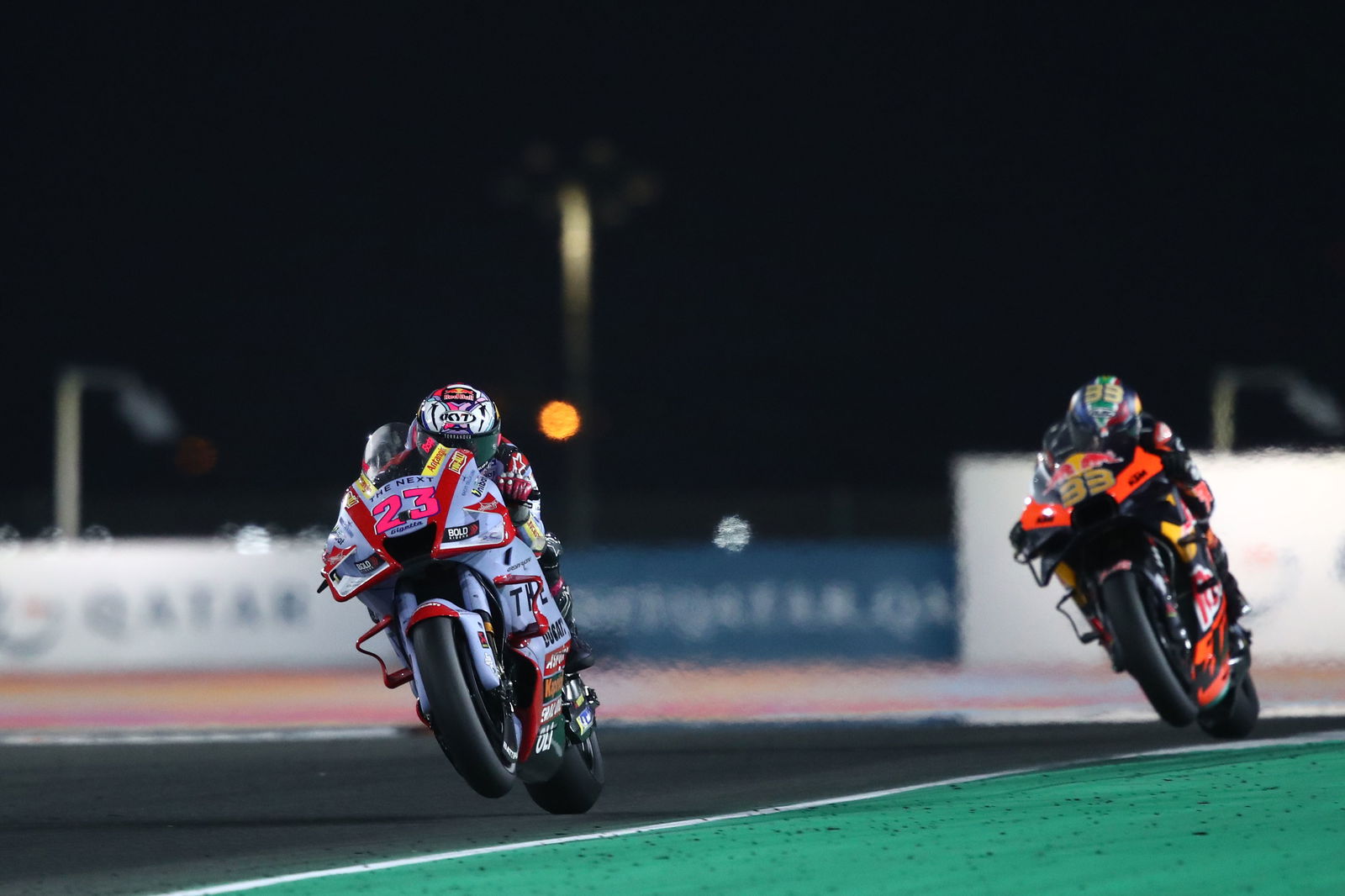
But, two rounds in and it is Enea Bastianini who leads the championship, two points ahead of Brad Binder, while Quartararo sits third. Marquez is 12th in the championship, Bagnaia has one point, Martin none, and the Suzukis are eighth and ninth. So what has gone on?
Well, it would make sense to start in Qatar. There, Marquez was not as comfortable with the new Honda as his teammate, Pol Espargaro, while Brad Binder’s tyre consumption was bettered only by the pace of Enea Bastianini, who won on the Ducati Bagnaia dominated the back end of 2021 with.
Bagnaia,on the other hand, struggled with an always-changing 2022 Desmosedici, as did Martin despite qualifying on pole, and the Suzukis - as well as Quartararo - simply lacked the speed to fight for the podium in the second half of the race.
In Indonesia, things changed. While Honda were strong in Qatar - Espargaro led all but the last five laps - they struggled in Indonesia, while Yamaha became strong, and the factory Ducati riders benefited from changes made to the GP22 for the Mandalika circuit.
Yamaha and Honda are perhaps the two most interesting cases, and with Yamaha perhaps so is Suzuki.
Michelin took a rear tyre construction to Indonesia that had not been used since the 2021 Austrian races.
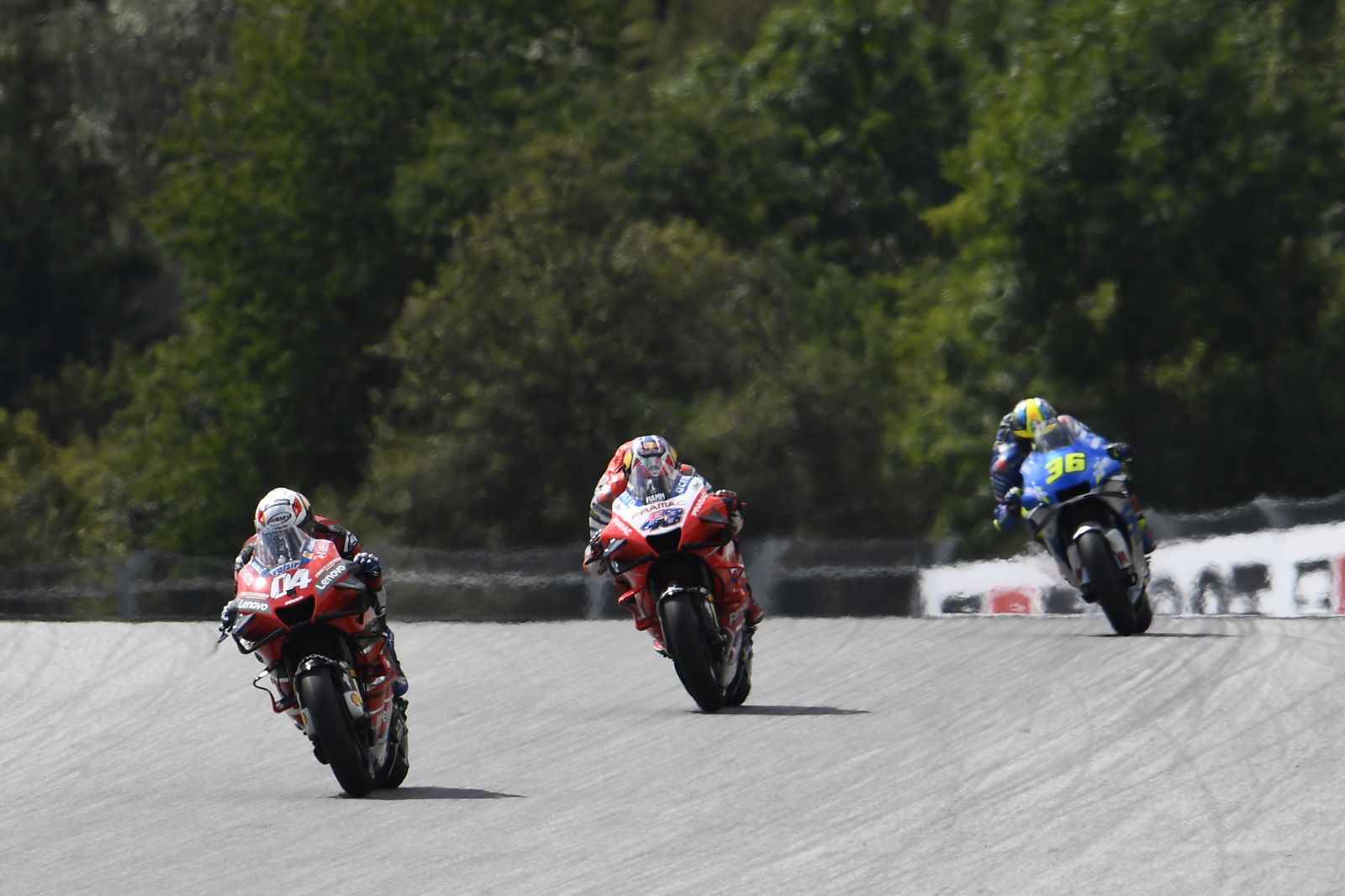
There, Andrea Dovizioso won the first Red Bull Ring race, said it was not down to the tyre construction that more mirrored the 2019 tyre on which he was strong than the 2020 tyre on which he was weak, and then proceeded to struggle when the, softer, 2020 tyre came back from Misano onwards.
This time, Quartararo benefitted from the 2019 tyre. It was originally used in Thailand in 2018 to better deal with the high temperatures and loads that the rear tyre was subjected to in Buriram as a result of the hot Thai climate and multiple hard accelerations throughout the lap.
The race which preceded Thailand that year was Aragon, where Yamaha suffered significantly. In MotorLand, the highest Yamaha in qualifying was Maverick Vinales in 11th, 0.929 seconds off pole position, and the top M1 in the race was Valentino Rossi in 8th, 15 seconds adrift of the winner, Marc Marquez.

With the long straights of Buriram,and after struggling in the preseason test there, Yamaha were expected to suffer in Thailand. But they did not suffer. Instead, of the four bikes that fought for the victory in Buriram for the inaugural Thai Grand Prix, two were Yamahas. Vinales ended up coming out on top in a battle for third with his teammate, Rossi, who finished fourth. That was the debut of the ‘heat dissipation’ rear Michelin, and Yamaha reduced their losing deficit from 15 seconds in Aragon to 0.27 seconds in Thailand, while their qualifying deficit went from 0.929 seconds in Aragon to 0.011 seconds in Thailand.
The next weekend, Yamaha went back to struggling, with Rossi finishing fourth, 6.4 seconds off the win (again, Marquez), and half-a-second in front of Aspar Ducati’s Alvaro Bautista; while Vinales finished seventh, 13 seconds off the win and five seconds behind Tech 3 Yamaha’s Johann Zarco.
Michelin’s ‘heat dissipation’ tyre was also taken to the 2019 Austrian Grand Prix, where Yamaha finished third with Fabio Quartararo, and the 2019 Thai Grand Prix, where they finished second with Quartararo. It is true that when the tyre was taken to Austria in 2020 it was of little benefit to Yamaha, but that was mostly down to them struggling significantly with brake temperatures, which prevented them from being further forwards.
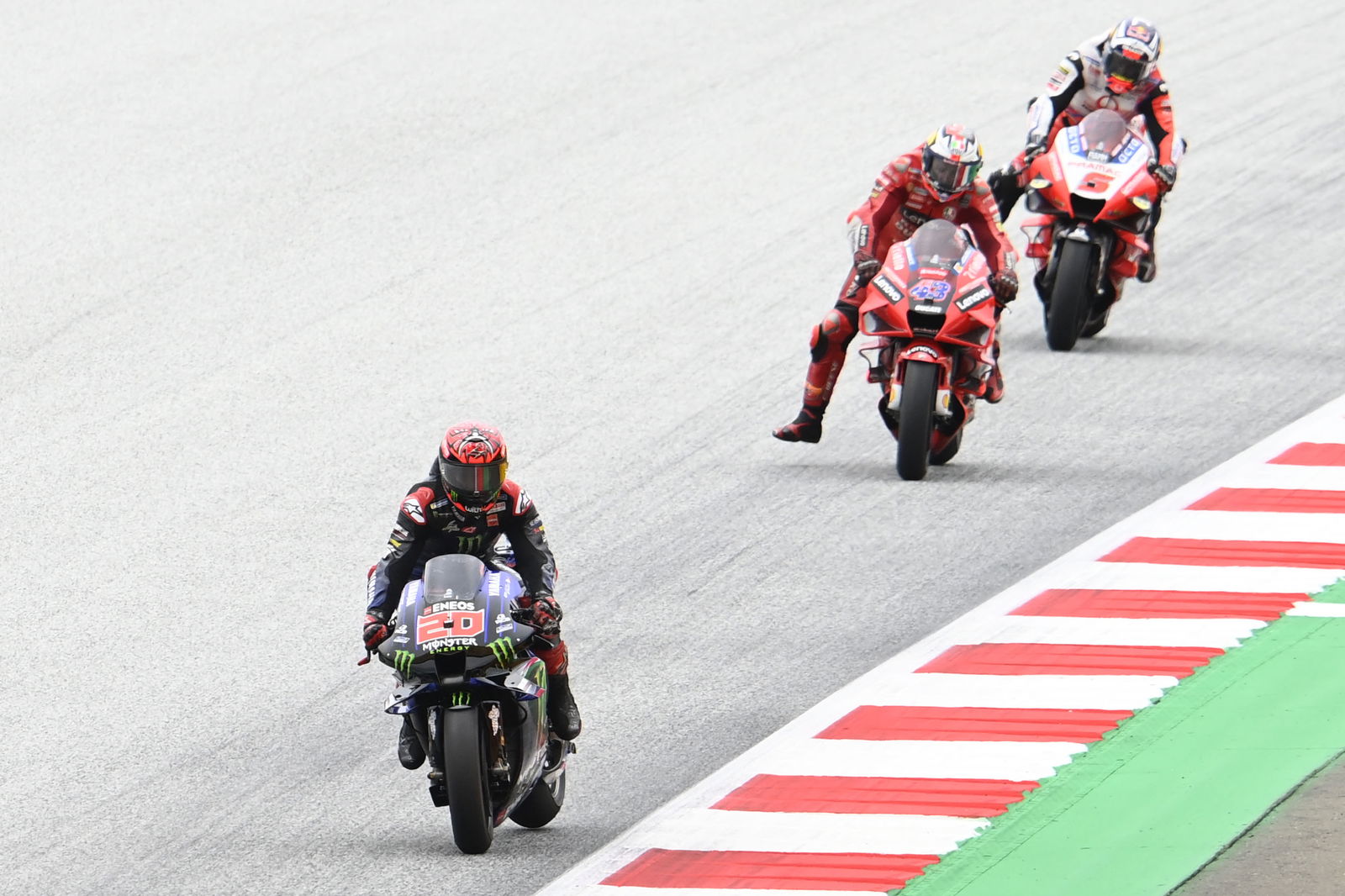
Last year, in the Styrian Grand Prix (the one that was not flag-to-flag), Quartararo finished third, albeit almost 10 seconds behind winner Jorge Martin, when the tyre was present once more.
Overall, it is possible to conclude that the harder construction of Michelin’s ‘heat dissipation’ rear tyre is of benefit to Yamaha, who find more drive grip from it without losing grip on the edge, ensuring they can still take advantage of their mid-corner performance.
In Mandalika, the result was that by Saturday night, Quartararo looked to have a few tenths in hand over his rivals, while two weeks before in Qatar he could only manage ninth.
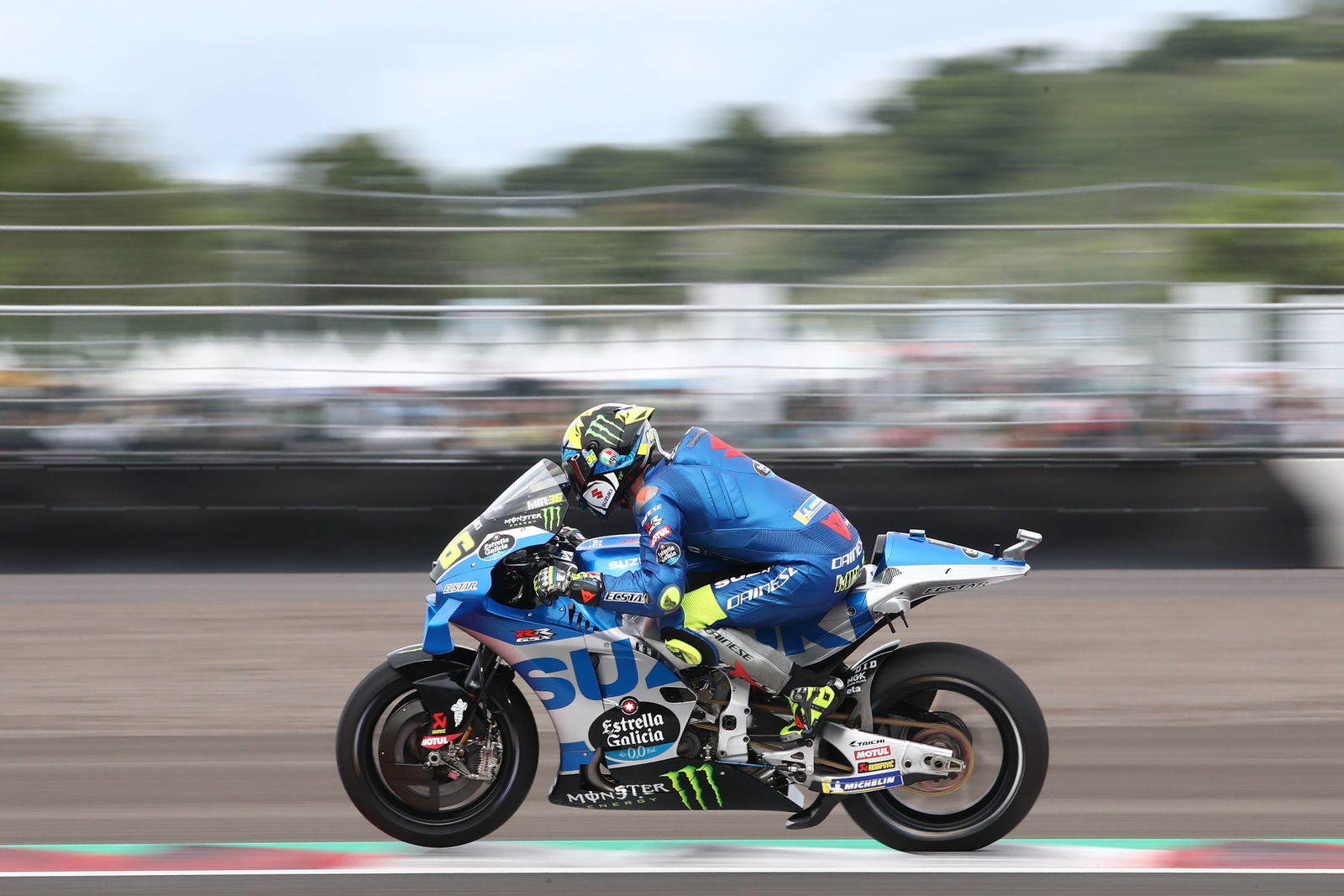
Since Yamaha and Suzuki have a similar engine design (inline-4 with cross-plane crank) it and similar characteristics (sweet-handling, strong mid-corner speed), it would be reasonable to expect that Suzuki would benefit the same as Yamaha from the harder construction tyre. Indeed, while Fabio Quartararo finished last season’s Styrian Grand Prix in third place, 10 seconds - almost - behind Jorge Martin, Joan Mir finished second, 1.5 seconds behind the #89 Pramac Ducati.
So, why did Suzuki suffer in Indonesia? Partly, it can be put down to the horsepower gains Suzuki have found over the winter. With two years’ development put into this year’s Suzuki engine, they have made strong steps forward.
However, with such a short preseason, it became clear in Qatar that while the power is there, Suzuki has not engineered the way to transfer it to the ground efficiently. With a harder rear construction, it is reasonable to expect that Suzuki’s newfound power is more difficult to control, even compared to Qatar.
Additionally, it is notable that Alex Rins suffered less than Joan Mir. This could be down to Rins using less rear brake on corner entry. Since the grip balance between the front and rear with Michelin is towards the rear, it is important to use the rear tyre to decelerate in order to not overwhelm the front tyre. Joan Mir is generally more aggressive with his rear brake use than Alex Rins, and so that could explain the difference between the teammates.
Since Ducati made changes to their ‘22 bike for Indonesia, and were not notable better or worse than in Qatar, it is perhaps most difficult to draw conclusions about where they stand at the moment. For certain, though, two DNFs for Jorge Martin, and a DNF and a 15th for Francesco Bagnaia means there is ground to make up for the Bologna brand in Argentina.
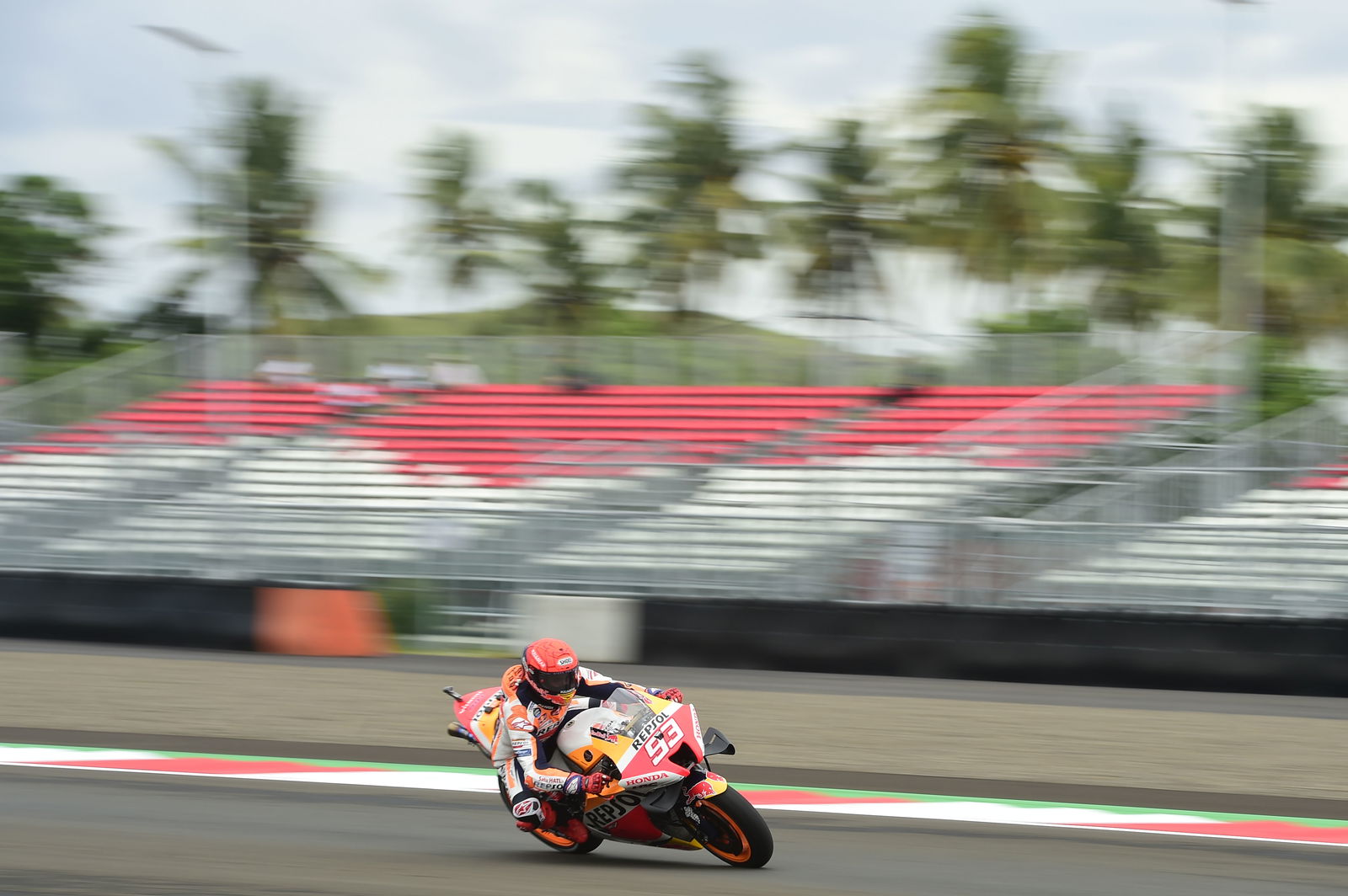
The original plan for this article was to talk about Marc Marquez, and talk about how in Argentina the standard 2022-spec rear tyre will return, and with it the rear grip Honda revolutionised the RC213V in order to find. However, since Marquez has suffered a new episode of diplopia after his substantial crash in warm-up for the Indonesian Grand Prix, such a point seems irrelevant.
However, it is true that Honda suffered perhaps the most of any manufacturer with the rear tyre change. Marquez’ qualifying crashes were on the front end, but caused in the same way as his classic pre-Jerez-2020 front slides: pushing hard on entry to make up for time lost through a lack of rear grip on exit.
For Pol Espargaro, he had to put aside once more his rear brake as he had done reluctantly in 2021 to try to adapt to the old RC213V in the Indonesian MotoGP reality of reduced rear grip.
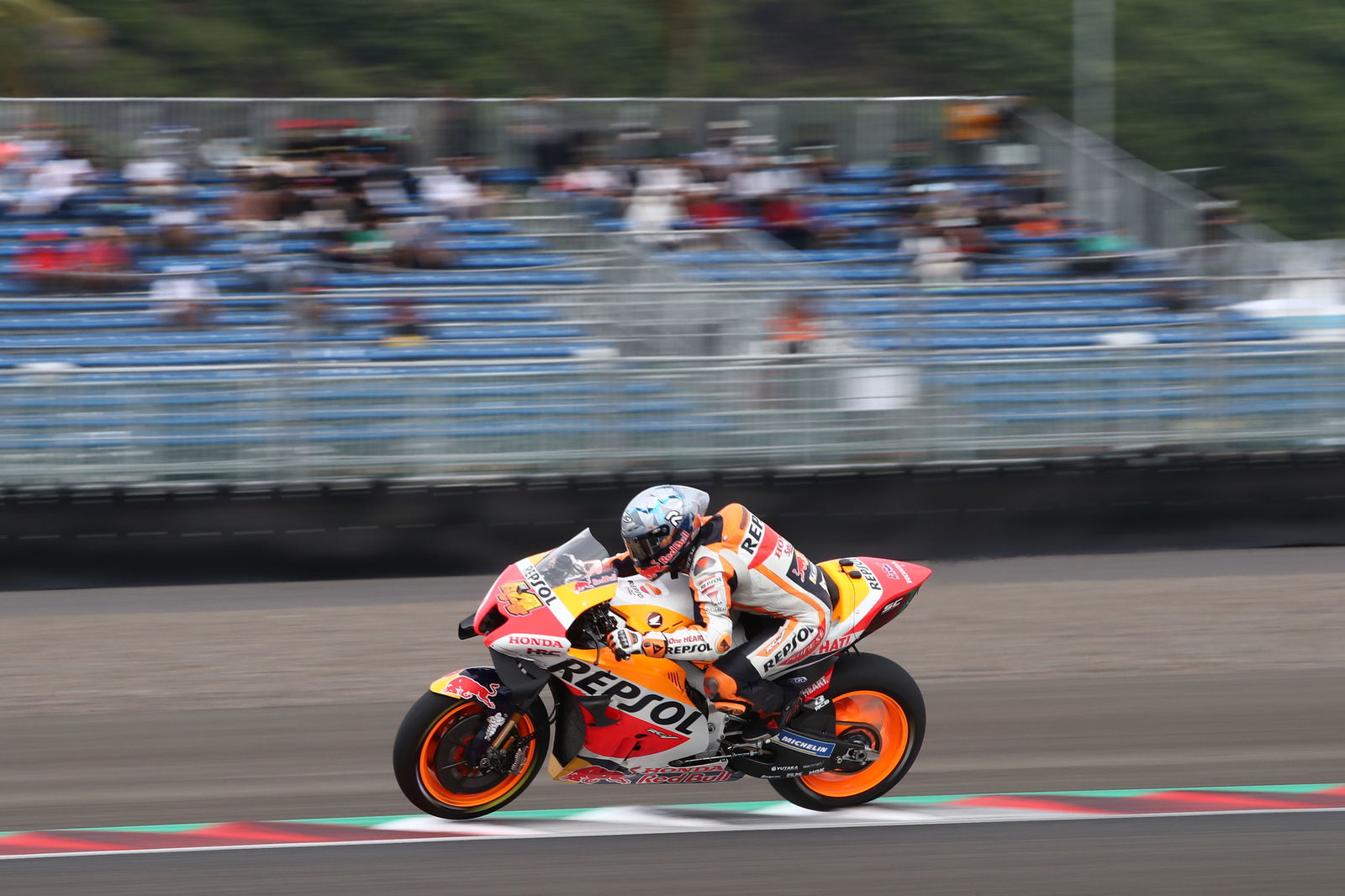
But, Espargaro will be able to plant his right foot once more in Argentina, and the bike should drive once more out of corners as it did in Qatar when Michelin’s ‘22-spec rear tyre returns.
It will be interesting, though, to see how the new RC213V works in the low-grip Argentina. They were strong in the Indonesian test, which was low-grip and where the 2022-spec Michelin rear was used, but Argentina will be the first time the new bike has raced in such conditions.
So, Honda were good in Qatar but suffered in Indonesia, but that was mostly tyres. And Yamaha were bad in Qatar but good in Indonesia, but that was also mostly tyres. And the other manufacturers all fall somewhere in the middle.
The expectation, then, should be that Quartararo and Yamaha will once again suffer in Argentina, and that Espargaro and Honda will return to the front. However, Qatar is also entirely unrepresentative, because the practice is in the day and the race is at night. So, to be honest, we don’t know anything.
